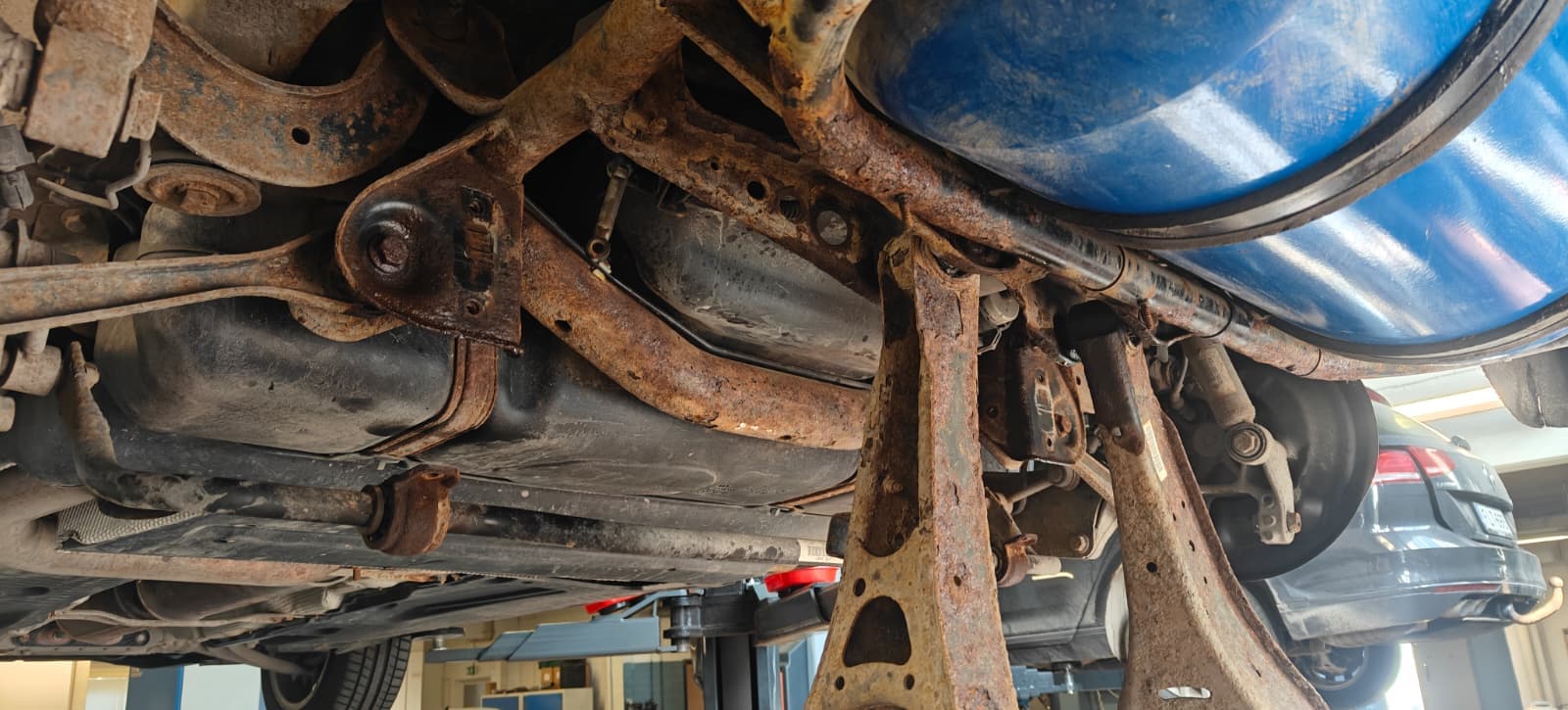
SEAT-autojen jakohihnan vaihto Espoossa
Luotettava ja oikea-aikainen jakohihnan vaihto on yksi tärkeimmistä tekijöistä pitkäikäisen ja turvallisen SEAT-auton käytössä. Jakohihna synkronoi kampiakselin ja nokka-akselin toiminnan, ja sen kuluminen voi johtaa kalliisiin moottorivaurioihin. Volkkarihuolto.fi-autohuollossa palvelemme ammattimaisesti VAG-ryhmän autoja, mukaan lukien SEAT, ja tarjoamme kattavan valikoiman jakohihnan diagnosointi- ja vaihtopalveluita. Asiantuntijamme ovat kokeneita sekä bensiini- että dieselmoottoreiden parissa eri SEAT-malleissa ja noudattavat tarkasti valmistajan teknisiä suosituksia.
Miksi jakohihnan oikea-aikainen vaihto on tärkeää?
Jakohihnan käyttöikä riippuu käyttöolosuhteista, ajotyylistä ja siihen liittyvien komponenttien teknisestä kunnosta. Useimmissa tapauksissa valmistaja suosittelee vaihtoa 90 000-120 000 kilometrin välein. Suomen olosuhteissa - jyrkkine lämpötilanvaihteluineen, kosteine ilmastoineen ja kaupunkiajoineen - vaihto voi olla tarpeen aiemmin. Erityisesti jos:
- •
Autoa käytetään päivittäin ja lyhyillä matkoilla
- •
Tapahtuu usein kylmäkäynnistyksiä
- •
Järjestelmässä on öljy- tai jäähdytysnestevuotoja
- •
Moottoritilasta kuuluu epätavallisia ääniä
- •
Polttoaineenkulutus on lisääntynyt tai moottorin teho on laskenut
Jakohihnan kulumisen merkit
Jakohihnan kulumisen määrittäminen ilman moottorin purkamista on vaikeaa, mutta on olemassa epäsuoria merkkejä, joihin kannattaa kiinnittää huomiota:
Epätavalliset äänet hihnakäytön alueelta
Moottorin käynnistysvaikeudet
Epävakaa joutokäynti
Tehon ja suorituskyvyn lasku
Moottorivirheiden merkkivalojen syttyminen kojelaudassa
Mitä palveluun sisältyy?
SEAT-autojen jakohihnan vaihdon yhteydessä suoritamme:
Viivästyneen vaihdon seuraukset
Jos jakohihna katkeaa ajon aikana, se voi johtaa vakaviin moottorivaurioihin, kuten taipuneisiin venttiileihin, mäntävaurioihin ja sylinterinkannen vaurioihin. Tällaisten korjaustöiden kustannukset ovat usein verrattavissa moottorin täydelliseen kunnostukseen tai vaihtoon.
Miksi valita Volkkarihuolto.fi?
Erikoistuminen - palvelemme VAG-ryhmän autoja: Volkswagen, Audi, Skoda ja SEAT
Nykyaikainen laitteisto - tarkka diagnostiikka ja ammattimaiset työkalut
Kokemus ja pätevyys - yli 10 vuoden kokemus, erinomainen tavanomaisien ja harvinaisempien mallien tuntemus
Läpinäkyvyys - selitämme yksityiskohtaisesti, mitä töitä tehdään ja miksi ne ovat välttämättömiä
Kätevä sijainti - autohuoltomme sijaitsee Espoon alueella, helppo saavuttaa mistä tahansa pääkaupunkiseudulta
Älä lykkää jakohihnan vaihtoa. Jos et ole varma, milloin SEAT-autosi jakohihna on viimeksi vaihdettu - varaa aika diagnoosiin Volkkarihuolto.fi:ssä. Arvioimme hihnan ja siihen liittyvien komponenttien kunnon ja neuvomme, onko vaihto tarpeen. Ammattimainen jakohihnan vaihto on sijoitus luotettavuuteen, turvallisuuteen ja mielenrauhaan tiellä.
















